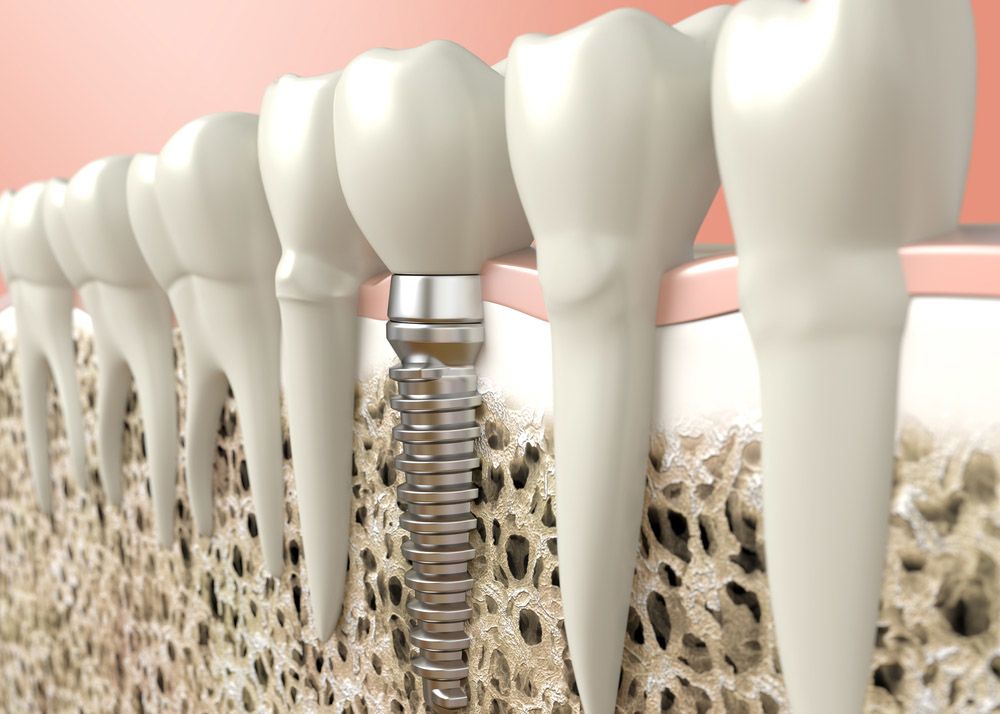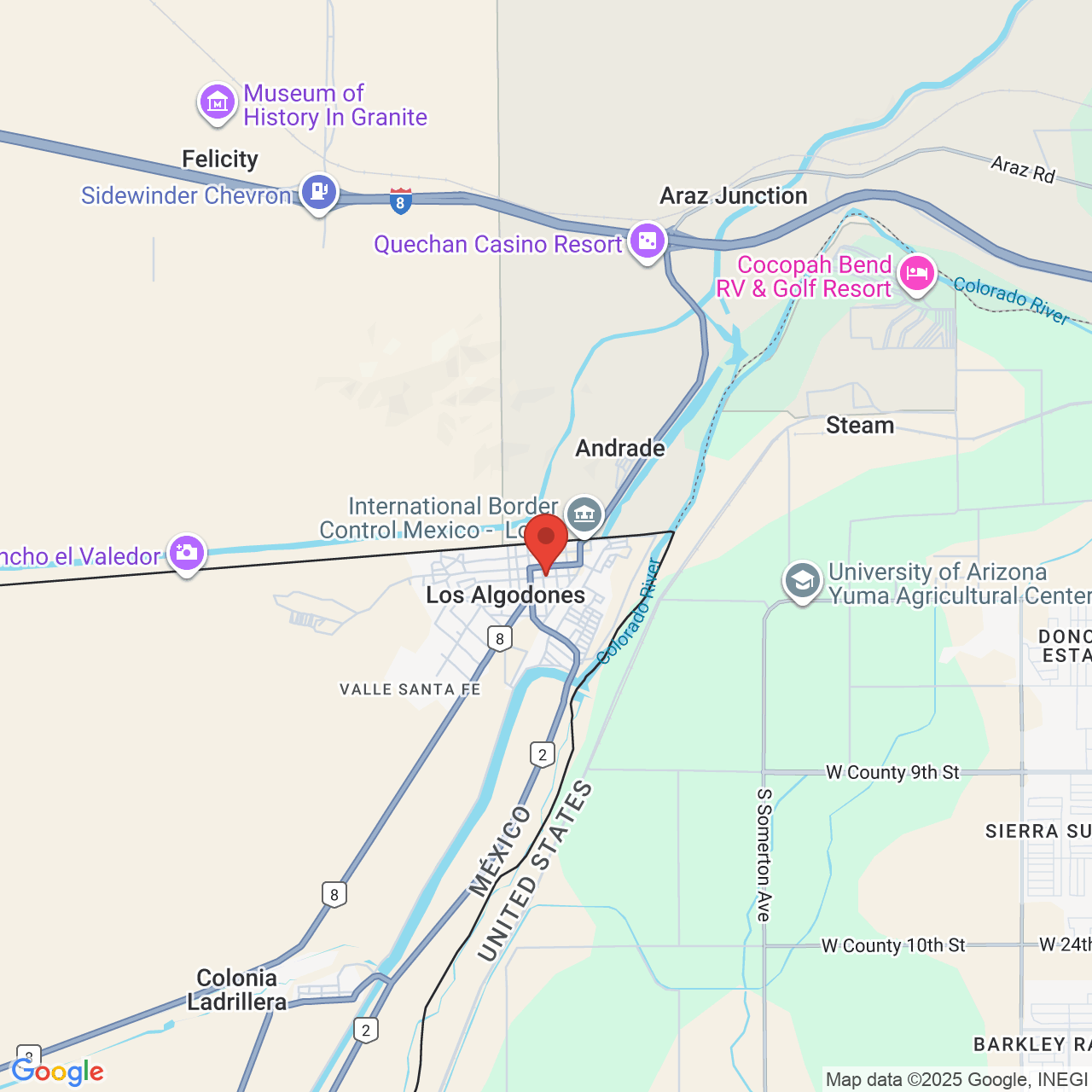Improving Patient Candidacy with Dental Implants and Bone Regeneration
 Whether you’re missing one or two teeth or a full arch, the bone that supported those teeth begins to shrink shortly after they are lost. For patients considering dental implants, bone loss could affect their candidacy for more stable restorations with dental implants. It is possible, however, to rebuild the bone that was lost, improving patients’ eligibility for dental implants. Dr. Jose Valenzuela can explain the need for both dental implants and bone regeneration when patients meet with him for a consultation at our Los Algodones, Mexico practice.
Whether you’re missing one or two teeth or a full arch, the bone that supported those teeth begins to shrink shortly after they are lost. For patients considering dental implants, bone loss could affect their candidacy for more stable restorations with dental implants. It is possible, however, to rebuild the bone that was lost, improving patients’ eligibility for dental implants. Dr. Jose Valenzuela can explain the need for both dental implants and bone regeneration when patients meet with him for a consultation at our Los Algodones, Mexico practice.
Why Does Bone Loss Occur?
Our tooth roots stimulate the jawbone continuously. They draw the essential nutrients our jawbones need to remain healthy. When we lose a permanent tooth, those roots are no longer there to provide the needed stimulation. Without that stimulation, the jawbone begins to shrink. This shrinking occurs almost immediately, and as much as 25 percent of the bone is lost within the first year after losing a tooth.
Can I Get Dental Implants if I Have Sustained Bone Loss?
To qualify for dental implants, you must have adequate bone in the jaw. The dental implants permanently fuse with this bone, replacing the missing tooth roots and providing stimulation once more. If you have been missing one or more teeth for an extended period of time, odds are you have lost a significant amount of bone.
Previously, this would have disqualified you from receiving dental implants. Now, a dentist skilled in implant dentistry can perform bone regeneration. More commonly referred to as bone grafting, this procedure can rebuild the lost bone tissue. Once the jawbone tissue has been replenished and healed, you can then get dental implants.
How Is Bone Regeneration Done?
Bone regeneration involves the use of a bone graft. Dr. Valenzuela may use bone tissue taken from another area of your body, such as the chin, or he may use donor or synthetic bone grafts. After administering a local anesthetic, he will create an incision in the gums where the graft must be placed.
Through this incision, he can insert the bone graft. Once the graft is in place, he will cover it with a barrier called a membrane. This will keep the graft in place and aid in the healing process. Dr. Valenzuela will then close the incision in the gums.
The bone regeneration procedure can take a couple hours or more. The graft and the existing tissue will begin to fuse together almost immediately. However, it can take four to six months or more for the bone to completely heal and stabilize. Only then can Dr. Valenzuela move on to the placement of dental implants.
Find Out if Dental Implants and Bone Regeneration Are Right for You
If you want a more stable and permanent alternative to bridges and dentures, but have been told your jawbone is inadequate for dental implants, contact the Cosmetic & Implant Dentistry Center. Dr. Valenzuela can determine if you are eligible for bone regeneration.






